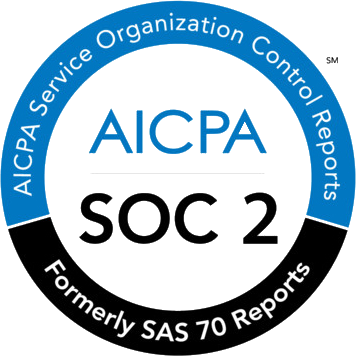When it comes to visitor parking management, virtually every property manager has a story to tell.
Whether that be a visitor who accidentally parked in a resident’s space, or unregistered visitors trying to use your lot.
The list of issues that arise over visitor parking is a long one. It’s also one that takes far too much time for property managers and those who work in the facilities sector.
That being said, some landlords are slow to adopt technology.
Unfortunately for them, their properties are being left in the past, as new ways to manage all elements of residential parking are taking centre stage.
Table of Contents
ToggleVisitor parking management methods
Enhance your visitors' parking experience
Try Wayleadr and deliver a seamless parking experience to your visitors
Book a DemoThe traditional method
In the past, property managers had to spend hours upon hours dealing with visitor parking management.
With some properties, tenants had to fill out manual paperwork detailing who they had coming to visit. They then had to manually deliver that paperwork and hope to hear back regarding the possibility of gaining a parking space.
This was paperwork those who managing the lot had to organise, with human errors being a regular bone of contention.
The alternative saw properties assign spaces to both residents and visitors. However, this method proved thoroughly inefficient. That is because there was often cases where there was extra demand, but the supply couldn’t be altered as even the unused spaces were assigned.
Here’s a possible scenario to demonstrate the issue: a tenant is gone travelling for the festive holiday season. Their space and their visitors’ space are unoccupied. However, they remain reserved despite the increased demand for spaces, because others have extra people visiting.
Thus, the lot remains inefficient and there is an in balance for those who need their spaces and those who simply have them reserved in their name, but don’t use them.
In today’s world, it is also important to consider the environmental impact that all our actions are having. However, the traditional method for managing parking lots ignored this. People arrived at the lot and did so not knowing whether or not they would have a space when they got there.
This resulted in needless driving and unnecessary emissions coming from vehicles.
These traditional parking management systems didn’t account for technological change either. Thus, they are not compatible with electric vehicle charging facilities, or smart buildings.
Those managing these buildings know that this has also caused a major logistical problem.
Using technology
One of the biggest pain points for residential property managers is how they manage visitors to their property.
However, with software, residents have the capability to book these visitors in remotely. They can also mention how long their visit will be. This gives property managers and landlords peace of mind, knowing their building and its parking facility are more secure.
Incredibly, technology has also given those running these facilities the opportunity to gain revenue. By using a booking and reservation system, they can see how many spaces are not in use at a given time.
And if the market dictates that there is extra demand, they can meet that demand with for a fee with their excess supply. It’s simple economics, but it’s an opportunity that isn’t readily available if you are using the traditional method of parking management.
It also promotes efficiency, as using the previously mentioned functionality, these managers can also make sure that unused spaces are always available for any extra visitors.
They also offer the opportunity for the property to live up to higher environmental standards. In fact, in a case study of a lot of 318 spaces, Wayleadr estimates that it there would be around 4,992 less km travelled over the course of a year for a property that uses their facilities.
It is also worth noting that the best residential parking management software options also future proof their offerings. Thus, when it comes to elements like smart buildings, or electric vehicles, they can easily integrate to newly installed facilities.
Generally speaking, all of this leads to a smoother experience for landlords, tenants and property managers. And the offset of that is that a happy tenant is one that is going to stay living in a building that manages its parking well.
Parking isn’t the only thing you can streamline with technology. Check out these super useful guides on key softwares and technologies which make life easier for facilities professionals.
Read – What are the different types of facilities management software?
Read – The popular software you should recommend to every facilities manager
Conclusion
Traditional methods of visitor parking management are outdated, inefficient, and environmentally unfriendly. However, with the use of technology, property managers can remotely manage visitors, ensure security, increase revenue and so much more!
By using Wayleadr, managers can future-proof their offerings and ensure a smoother experience for all parties involved.
Book a demo below to learn more about how Wayleadr can help streamline your parking management system. Still on the fence, check out these 10 reasons to work with Wayleadr!





